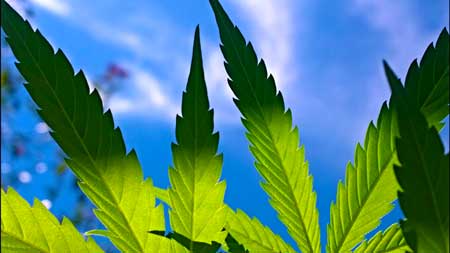Hi, I am growing marijuana for the first time. My plant was growing great, but now it has yellow on the ends of the leaves. The plant is Auto Night Queen. The PH is 6.5. I water it once a week with Top Auto mixed in with the water. Mars Hydro TS-600 light. Any help would be appreciated 


Comment